The Hidden Scars of Domestic Violence
Every day, many families experience the harsh realities of domestic violence.
Consider a young boy raised in an environment filled with anger and fear. For him, love seems conditional, and safety feels unattainable.
These experiences leave lasting scars that influence his adult relationships and behavior.
Why do some men engage in relationship abuse? This question requires a deeper understanding rather than mere condemnation.
This article examines the impact of trauma, social isolation, and societal norms in sustaining this cycle of harm.
The Reality of Domestic Violence
Shocking Statistics
Almost half of people in the U.S. face abuse or coercion at some point in their lives.
Young women under 25 are particularly vulnerable, with 75% experiencing violence before reaching this age.
LGBTQ+ individuals and people of color report higher rates of abuse than the national average.
Relationship abuse affects all genders. While women often bear the brunt, men also experience significant levels of violence.
Understanding these statistics is crucial. What steps can you take to support those affected? How can communities work together to address this issue?
7 alarming reasons of Domestic Violence
Here are the 7 alarming reasons for domestic violence:
1. Childhood Trauma and Its Impact on relationship abuse
Childhood trauma significantly influences emotional and behavioral responses, often resulting in abusive behavior later in life. Experiences like abuse, neglect, and toxic stress can disrupt brain development, creating patterns that lead to aggression and emotional instability.
How Trauma Affects the Brain
- Increased Amygdala Activity: The amygdala, which governs fear and aggression, becomes overly active in traumatized children. This can trigger impulsive reactions in stressful situations.
- Underdeveloped Prefrontal Cortex: The prefrontal cortex, crucial for impulse control and emotional regulation, often fails to develop fully. This leaves individuals struggling to manage anger and frustration.
- Chronic Stress Response: Toxic stress during childhood can keep the body’s stress response in overdrive, resulting in increased aggression and emotional management difficulties.
Emotional and Behavioral Outcomes
Children who face abuse or neglect may find it hard to recognize and express their emotions, often defaulting to anger.
Research indicates that about 30% of men in relationship abuse intervention programs exhibit clinical levels of PTSD. This underscores the link between unresolved trauma and abusive behavior.
Consider your own experiences. How do they shape your responses today?
The Link Between Childhood Trauma and relationship abuse
Childhood trauma significantly influences adult behavior, particularly in the context of relationship abuse.
Toxic masculinity often thrives in abusive homes. Boys learn that vulnerability equals weakness. This belief leads to emotional suppression and unhealthy coping strategies.
Emotional abuse in childhood can normalize harmful behaviors. Individuals may accept or replicate these patterns in their adult relationships.
To break this cycle, we need to:
- Promote mental health interventions, such as trauma-informed care.
- Create safe, supportive environments for children. This reduces the likelihood of abusive behaviors in adulthood.
Understanding trauma’s impact is crucial. It helps us disrupt the cycle of relationship abuse and encourages healthier relationships.
2. Toxic Stress: A Catalyst for Abusive Behavior
Toxic stress arises from ongoing exposure to adversity, such as poverty, racism, or abuse. This type of stress differs from occasional stress. It disrupts brain development and has lasting effects on mental health and emotional regulation.
Effects of Toxic Stress on the Brain
- Heightened stress response: Toxic stress leads to overactivity in the amygdala, increasing fear and aggression during conflicts.
- Impaired decision-making: Reduced activity in the prefrontal cortex affects impulse control, making it difficult to manage emotional reactions.
- Weakened coping mechanisms: Ongoing adversity limits the development of healthy stress-management techniques.
Social Factors Contributing to Toxic Stress
- Economic hardships: Families in poverty face constant uncertainty about basic needs like food and shelter. This environment fosters chronic stress, increasing vulnerability to abusive behavior.
- Example: A 2023 study found individuals from low-income households are twice as likely to report emotional abuse in relationships.
- Racism and discrimination: Experiencing systemic inequities breeds feelings of hopelessness and frustration, leading to toxic responses in personal relationships.
Consider how these factors might affect your community. What steps can you take to address these issues?
The Connection to Abusive Behavior
Toxic stress impacts not only individuals but also their families and relationships. When someone endures constant adversity, their emotional regulation suffers. This can lead to:
- Emotional abuse: Individuals may use words or actions to control others, often stemming from their own frustrations.
- Physical aggression: Increased arousal and fear can escalate conflicts into abusive situations.
To break this cycle, addressing toxic stress is essential. Community programs focused on mental health awareness, trauma-informed care, and building social connections have shown effectiveness in mitigating toxic stress.
By tackling the root causes of abuse, we can create healthier relationships. What steps can you take to support this change in your community? Together, we can foster healthier relationships by tackling the root causes of abuse.
3. Understanding PTSD and Trauma Disorders in Abusive Behavior
PTSD and trauma disorders often connect to abusive behaviors. Individuals showing aggression, manipulation, or control may be dealing with untreated trauma from their past. Understanding this link is crucial for addressing mental health and abusive actions.
The Impact of Trauma on Behavior
Trauma from childhood abuse, neglect, or violence can shape behavior significantly. Unresolved trauma may lead to unhealthy coping strategies, including abusive behavior. Common effects include:
- Irritability
- Emotional outbursts
- Difficulty in forming healthy relationships
Social Isolation
Untreated trauma can result in social isolation. Individuals may withdraw due to distrust, fear, or anger. This isolation can heighten feelings of loneliness and frustration, increasing the risk of emotional or physical abuse in relationships.
Toxic Masculinity
Toxic masculinity can influence how trauma is expressed. Societal pressures to conform to “manly” ideals may lead individuals to suppress their emotions. This suppression can result in controlling or aggressive behavior as they struggle to cope with their pain.
Reflect on your experiences. How do societal expectations shape your responses to trauma?
The Link Between PTSD and Emotional Abuse
Emotional abuse involves control, manipulation, and degradation. It often arises from untreated PTSD.
People with unresolved trauma may resort to emotional abuse to regain power in their relationships. This behavior serves as a misguided attempt to regain control over their lives.
Consider this: nearly 50% of those who engage in abusive behavior have faced childhood trauma. Untreated trauma raises the risk of developing PTSD and related abusive actions.
To tackle this issue, focus on mental health and healing.
Effective treatment for PTSD and trauma disorders is essential.
Options include:
- Therapy
- Support groups
- Mental health interventions
These resources help individuals process trauma, build emotional resilience, and break the cycle of abuse.
What steps can you take to support someone dealing with trauma? of PTSD and trauma disorders is crucial for preventing and addressing abusive behavior. Therapy, support groups, and mental health interventions can help individuals process their trauma, build emotional resilience, and break the cycle of abuse.
4. Social Isolation and Its Impact on Mental Health
Social isolation significantly affects mental health, particularly for those who are vulnerable. Limited social connections can lead to feelings of disconnection, increasing frustration, anxiety, and depression.
Individuals facing isolation often resort to harmful coping mechanisms, which can deteriorate their mental health over time.
The Connection Between Social Isolation and Emotional Abuse
Isolation can heighten the risk of emotional abuse. When individuals lack social support, they may become more reliant on their abuser for emotional needs. This dependency creates a cycle that makes it difficult for victims to escape, as they lack safe spaces and supportive networks.
Research indicates that isolated individuals are more likely to endure abusive behavior without seeking help.
Statistical Insight: According to the National Institute of Mental Health (NIMH), individuals with low social support are three times more likely to experience severe mental health issues, including depression, anxiety, and post-traumatic stress disorder (PTSD).
Consider your own social connections. Are they strong enough to support you in tough times?
Toxic Masculinity and Its Role in Social Isolation
Toxic masculinity involves suppressing emotions and rejecting vulnerability. This mindset often leads to social isolation. Men who adhere to these outdated beliefs may avoid seeking emotional support, fearing it will be perceived as weakness.
This emotional repression can result in frustration and anger, potentially leading to abusive behavior towards themselves or others.
Data Insight: A 2020 study in the Psychology of Men and Masculinities found that men with higher toxic masculinity scores are more likely to engage in emotionally abusive behavior. They also report increased social isolation.
Abusive behavior—whether emotional, physical, or psychological—correlates with poor mental health outcomes. Victims of emotional abuse often internalize feelings of inadequacy, shame, and worthlessness, which can lead to long-term mental health issues. The cycle of abuse and isolation can be difficult to break.
Social isolation, toxic masculinity, and abusive behavior are interconnected, all contributing to declining mental health. Recognizing these links is crucial for addressing and preventing emotional abuse and fostering healthier coping strategies for those affected.
5. Rigid Gender Norms: Impact on Emotional Health and Well-being
Cultural stereotypes, like the idea that “boys don’t cry,” are common in many societies. They shape how men are expected to express their emotions. These strict gender norms can block emotional development and lead to serious mental health issues.
Toxic masculinity plays a significant role in this dynamic. It encompasses societal expectations that discourage emotional openness and encourage harmful behaviors, such as aggression and dominance. This environment teaches men to hide their feelings, leaving them ill-equipped to deal with emotions like sadness, fear, or grief.
Consider these impacts:
- Emotional Suppression: Men often feel compelled to conceal their emotions, which can lead to unresolved psychological distress.
- Social Isolation: The pressure to avoid vulnerability can cause men to withdraw from others, hindering the formation of meaningful, supportive relationships.
- Increased Risk of Mental Health Issues: Suppressed emotions correlate with mental health challenges, including depression, anxiety, and substance abuse.
Reflect on your own experiences. How do societal expectations shape your emotional expression? What steps can you take to foster a healthier emotional environment for yourself and others?
Toxic Masculinity and Abusive Behavior
Rigid gender norms and toxic masculinity contribute to abusive behavior in relationships. When men feel pressured to assert dominance, they may resort to emotional abuse to maintain control. This behavior can worsen mental health issues.
Emotional abuse often manifests as controlling or manipulative actions. These behaviors undermine partners’ self-esteem and overall well-being.
Abuse can escalate. What starts as emotional manipulation may lead to physical violence, creating a dangerous situation for both parties.
Addressing social isolation and promoting emotional health is crucial.
To combat the negative effects of rigid gender norms, we must encourage emotional expression. Breaking free from toxic masculinity expectations is essential. Open discussions about mental health can reduce stigma and foster healthier emotional well-being.
Research indicates a significant gap in help-seeking behavior. Only 36% of men pursue therapy, compared to 58% of women (American Psychological Association).
Redefining masculinity to embrace emotional openness can lead to healthier relationships and improved mental health for men.
By challenging cultural norms and supporting emotional growth, we can help men avoid the pitfalls of social isolation and emotional abuse, ultimately promoting a healthier society.
6. The Impact of Negative Role Models on Behavior and Mental Health
Negative role models in abusive or strictly traditional family settings can significantly impact an individual’s behavior and mental health. These environments often normalize harmful behaviors, including emotional abuse, social isolation, and toxic masculinity. Recognizing these influences is essential for addressing mental health issues and fostering healthier relationships.
Toxic Masculinity and Emotional Abuse
Toxic masculinity encompasses societal expectations that enforce rigid and often damaging norms for male behavior. In abusive settings, these norms can result in emotional abuse and harmful actions, such as:
- Suppressing emotions, which hinders emotional regulation
- Promoting aggression and dominance over vulnerability
- Rejecting empathy and emotional connections
Research indicates that men exposed to toxic masculinity face higher risks of mental health challenges, including depression, anxiety, and substance abuse. A study by the American Psychological Association (APA) reveals that men adhering to traditional masculine norms are 1.3 times more likely to experience psychological distress than those who do not.
How do these patterns affect your relationships? What steps can you take to break the cycle?
Social Isolation: A Consequence of Abusive Behavior
Social isolation often stems from growing up in abusive or emotionally neglectful homes.
Children in these environments struggle to form trusting relationships. They link love with pain or rejection. This isolation can result in:
- Low self-esteem and confidence
- Limited social skills and emotional intelligence
- Higher risk of depression and anxiety
Research shows that socially isolated individuals face a greater risk of mental health disorders. The National Institute of Mental Health (NIMH) reports that social isolation raises the risk of depression by 60% and anxiety by 45%.
Breaking this cycle is vital.
Recognizing the influence of negative role models is the first step.
Support from mental health professionals, nurturing healthy relationships, and educating on emotional intelligence play key roles in healing from toxic family dynamics.
7. Unresolved Emotional Suppression in Men: A Path to Abusive Behavior
Men often face pressure to hide their emotions. This creates a space where feelings like sadness, fear, and vulnerability seem unacceptable. Such emotional suppression connects closely to societal views on masculinity. It can lead to toxic behaviors that harm mental health and relationships.
Emotional suppression often results in anger. When men learn to bottle up their feelings, they may struggle with emotional conflict. Instead of expressing sadness or fear, they might channel these feelings into anger. This anger can turn destructive, affecting themselves or others. Research from the American Psychological Association shows that men who suppress emotions are more prone to violent behavior, often stemming from feelings of frustration or misunderstanding.
Toxic masculinity plays a significant role in this dynamic. It promotes the idea that showing emotions is a weakness, reinforcing harmful stereotypes. This societal expectation can discourage men from seeking help, whether through therapy or emotional support. As a result, unresolved emotional issues persist. Toxic masculinity not only harms individual mental health but also disrupts relationships, creating environments marked by control and power struggles.
Emotional Abuse and Social Isolation
Emotional abuse often stems from unresolved emotional suppression. Men who find it difficult to express their feelings may resort to controlling or belittling their partners. This behavior can lead to social isolation, creating a rift in relationships. As a result, individuals may feel unloved and unsupported.
A 2021 National relationship abuse Survey revealed that 43% of men reported experiencing some form of emotional abuse. This number is rising as awareness of the signs increases.
Addressing this issue is crucial.
Men should be encouraged to seek help for their mental health.
Therapy and open communication about emotions play vital roles in building healthier relationships and enhancing emotional well-being.
If these foundational issues remain unaddressed, emotional abuse and social isolation will continue to affect men’s mental health and their relationships.
What steps can you take to foster open communication in your relationships?
Key Takeaways
- Relationship abuse stems from deep-seated trauma, societal pressures, and isolation.
- Early interventions can prevent abusive tendencies by addressing childhood adversity.
- Building emotional intelligence and supportive networks is key to breaking the cycle.
At a Glance
- Focus: Trauma and social isolation increase the risk of relationship abuse.
- Stats: Nearly half of adults face abuse, with severe impacts on women.
- Solutions: Trauma-informed care and responsive relationships offer hope.
FAQs
Q: What is the most common cause of relationship abuse?
A: Childhood trauma, toxic stress, and rigid gender roles are leading causes.
Q: Can abusers change their behavior?
A: Yes, with proper intervention focusing on trauma healing and emotional regulation.
Q: How can we prevent relationship abuse?
A: By fostering supportive relationships, addressing trauma early, and promoting gender equality.
Conclusion
Understanding the root causes of relationship abuse is essential for breaking its cycle.
Key areas to focus on include:
- Addressing childhood trauma
- Reducing social isolation
- Challenging toxic norms
By tackling these issues, we can foster a society where everyone feels safe and valued.
Consider how your actions and relationships contribute to this goal. Each step taken can lead to a future free from violence.






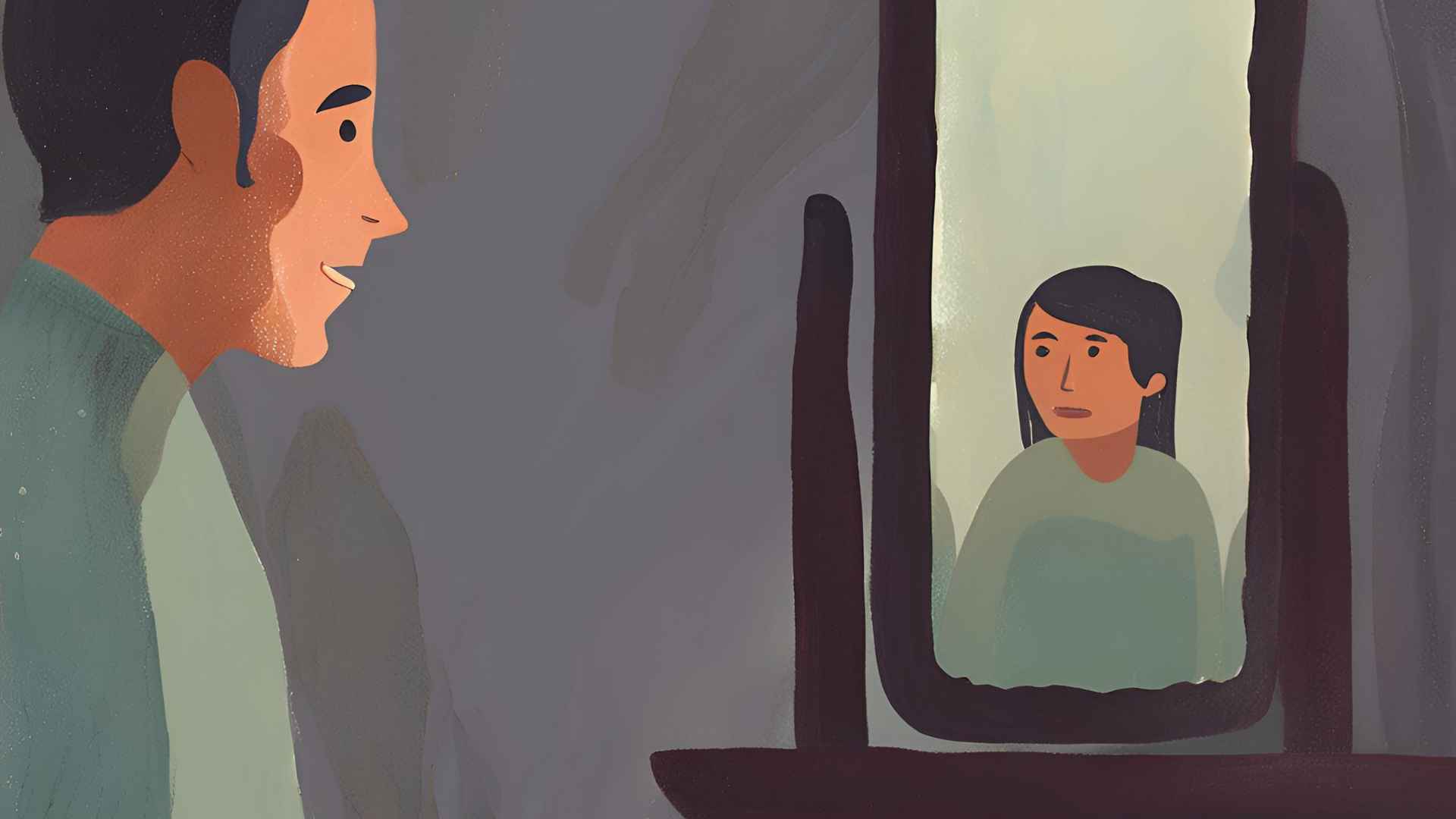
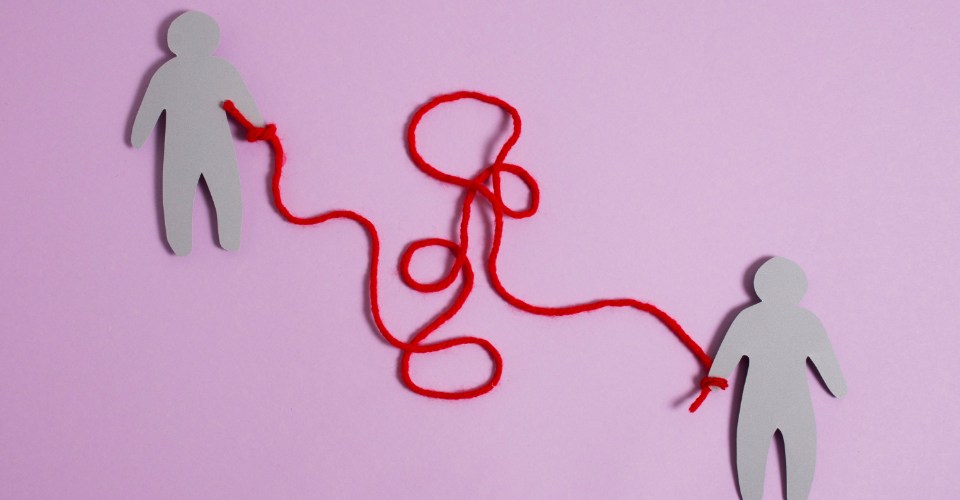



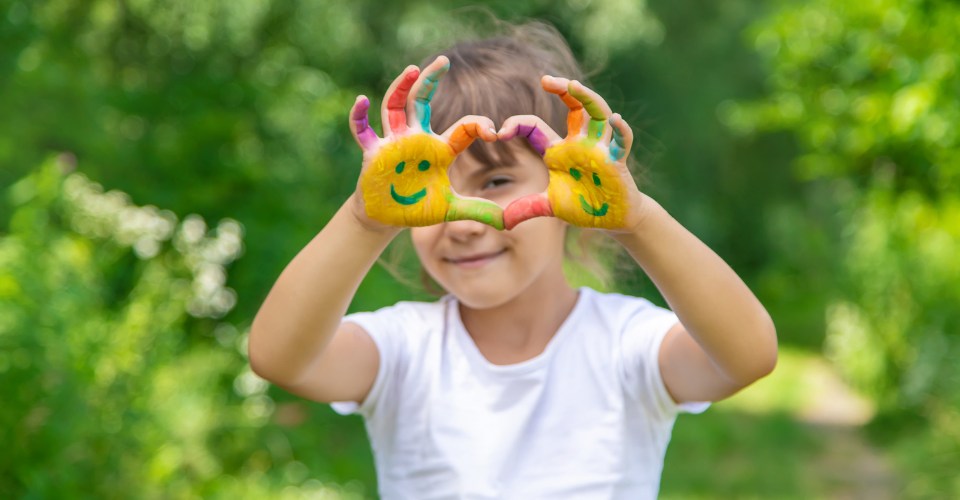








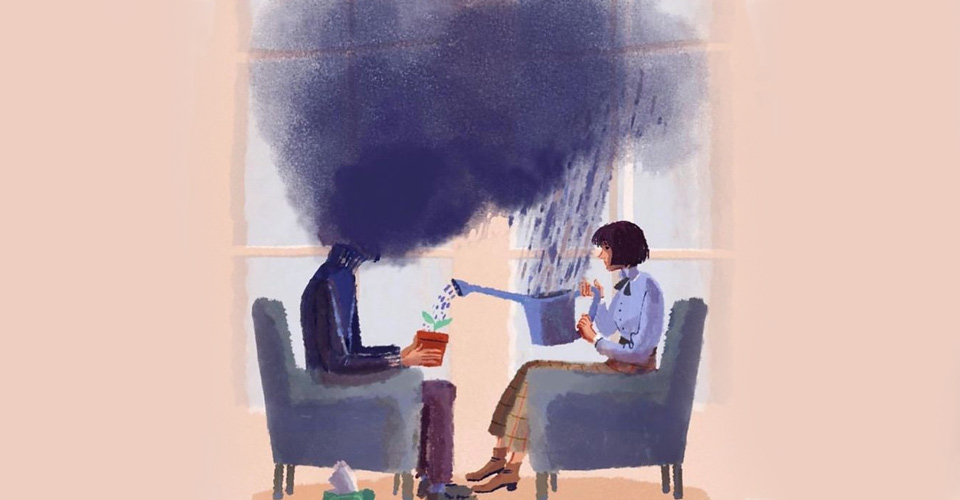





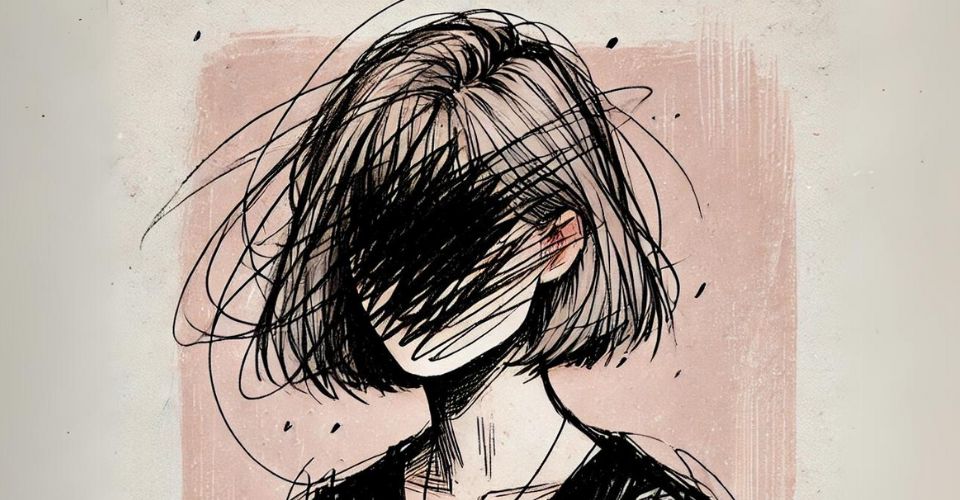
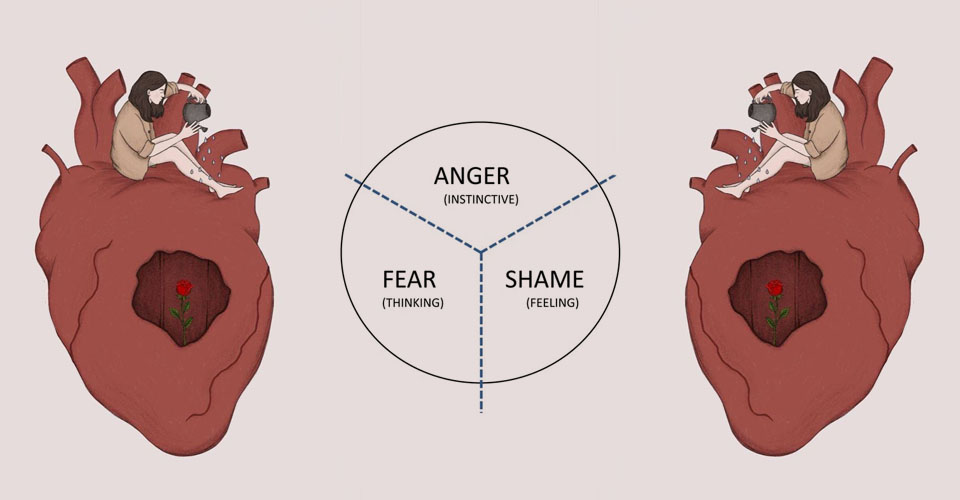
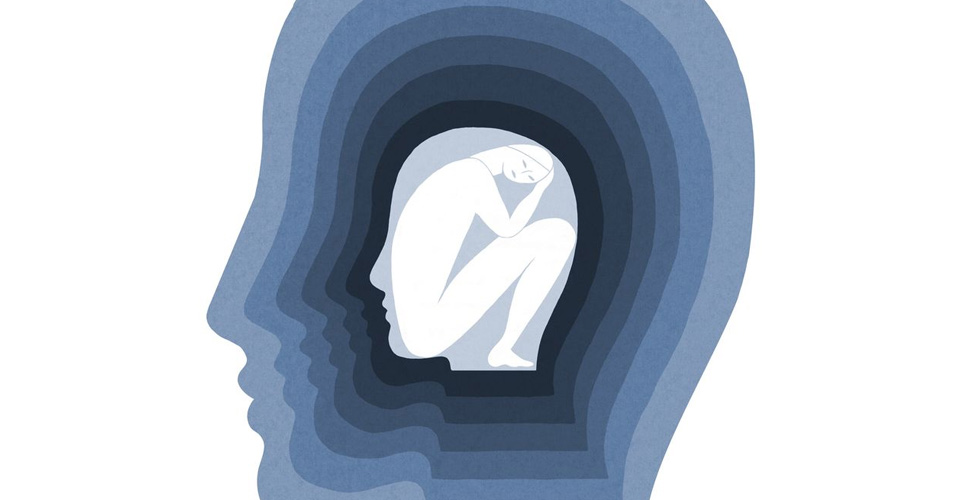
Leave a Reply
You must be logged in to post a comment.